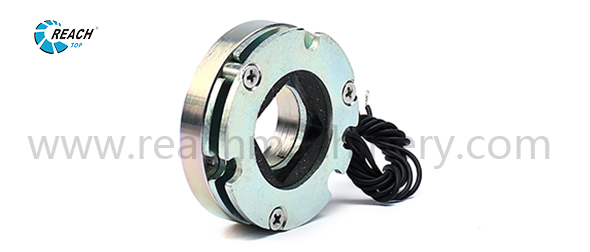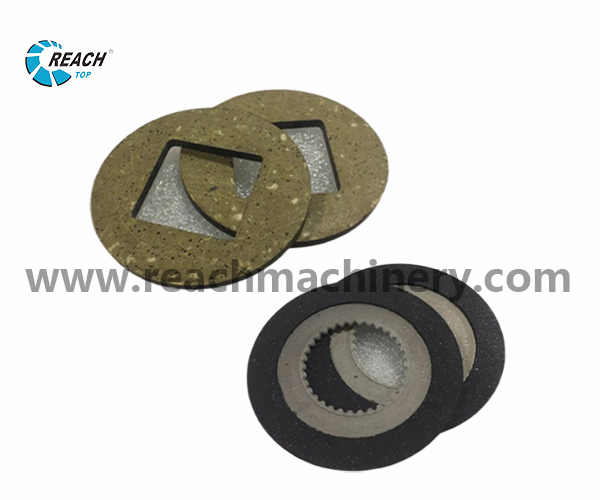As a component of mechanical equipment, servo motors have been widely used in many high-precision industries, such as machine tools, robots, etc. This leads to the long-term operation of servo motors in high-temperature environments, which can lead to an increase in the internal temperature of the motor.
Moreover, the current design of servo motors is moving towards lightweight and thinness, which also makes the internal space smaller and smaller. The space for installing electromagnetic brakes is also getting smaller and smaller. Once the heat dissipation is insufficient, it will cause the electromagnetic brakes to work for a long time under high temperatures.
This long-term high-temperature application will affect the service life and friction torque of the electromagnetic brake.
This requires the application of electromagnetic brakes, especially in servo motors, to maintain high-temperature torque stability, to be more wear-resistant, and to be designed for the compact installation space inside the servo motor. The brake structure should be compact and the weight should be as light as possible.
So as a brake manufacturer, how does Reach ensure these key performance indicators.
There are many comprehensive factors that determine the key performance of the brake, such as the design ability of the R&D team, the quality control ability during the production process, and the ability to conduct comprehensive testing. Furthermore, it is essential to study the key material friction pads.
In the field of electromagnetic brake manufacturing, in order to meet the application conditions of servo motors. Reach has set up its own friction plate research and development center, created a friction plate production workshop, and developed friction plates by itself.
And developed a nonmetal matrix composite, which is composed of a variety of environment-friendly materials such as resin, ceramics, fibers, fillers, etc., and has the advantages of stable friction coefficient, lightweight, low friction noise, high-temperature resistance, wear resistance, etc.
To ensure greater energy dispersion on smaller working systems; The weight and volume have been reduced, resulting in a more efficient braking system.
In addition, Reach friction discs comply with environmental requirements and restrictions, in line with the industrial concept of low-carbon, environmentally friendly, and sustainable development.
Finally, if you have any concerns about the high-temperature torque drop of the servo brake, please feel free to contact us for brake selection.
Post time: Jun-24-2023


